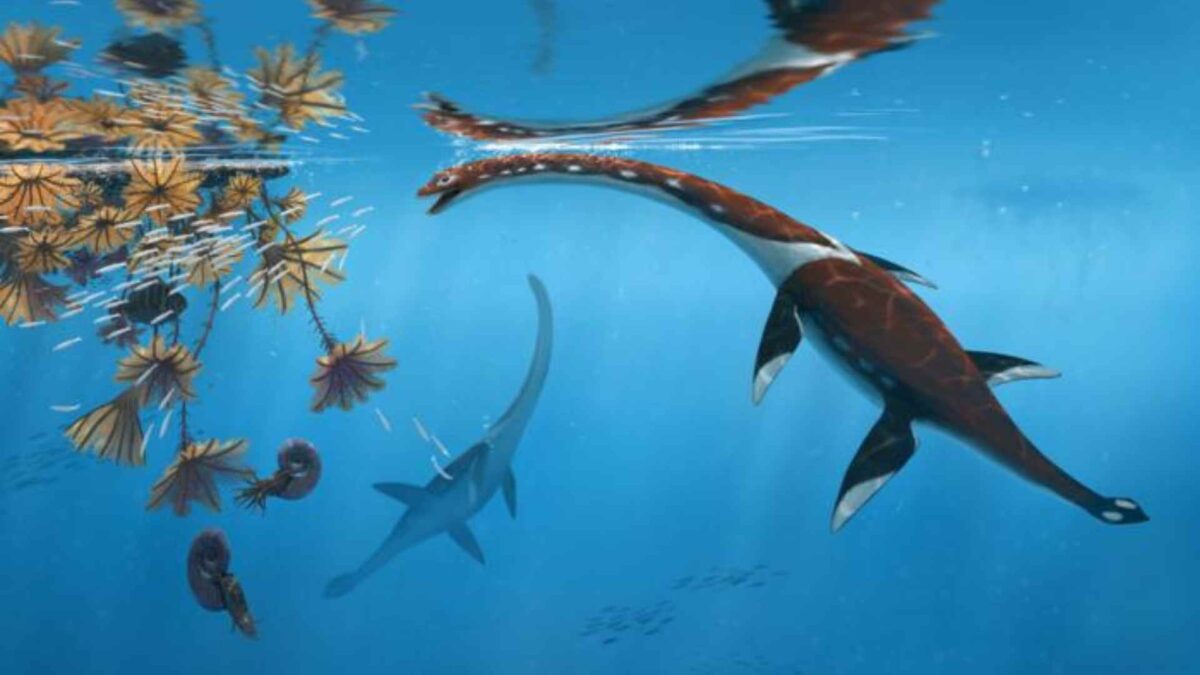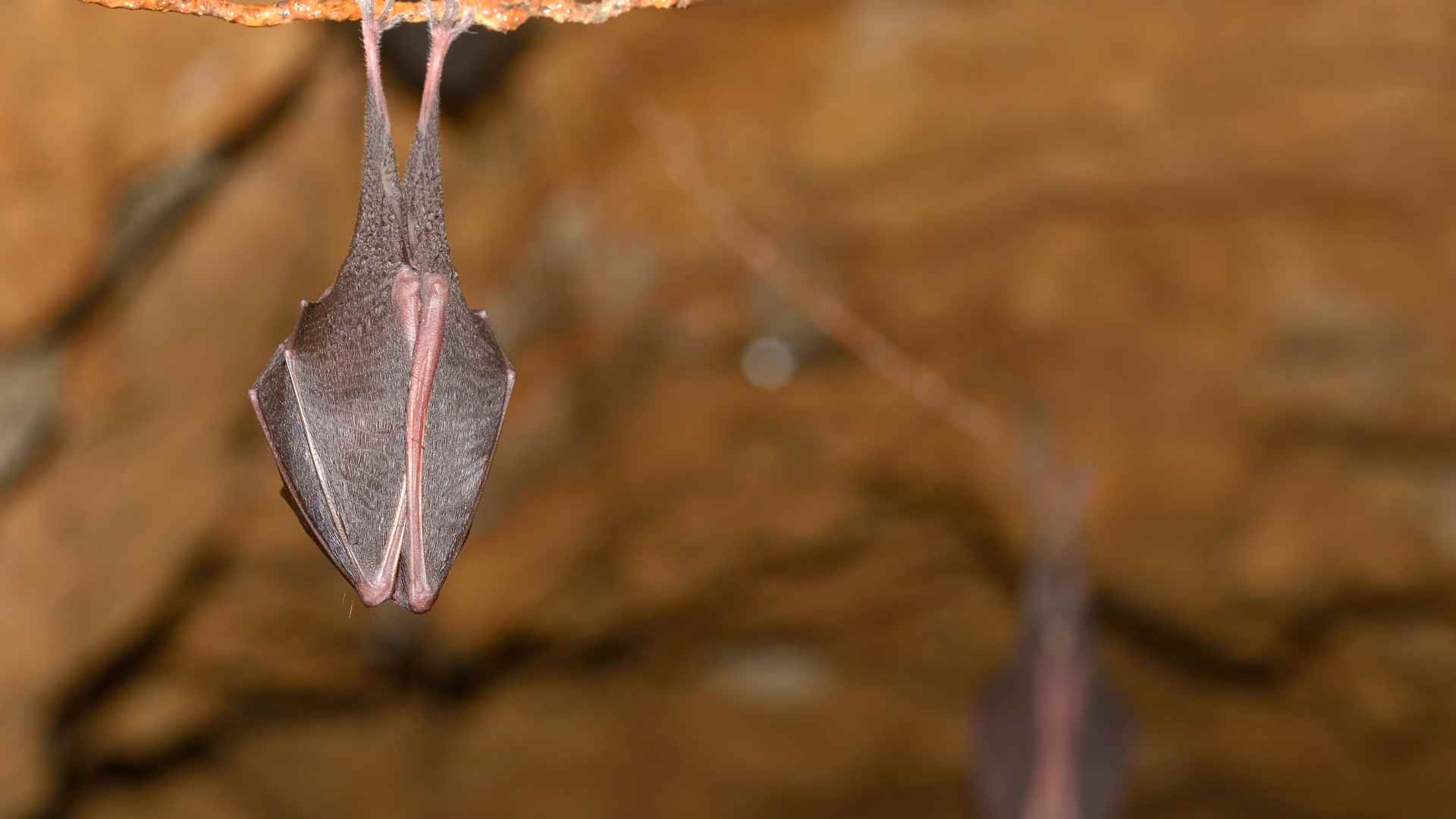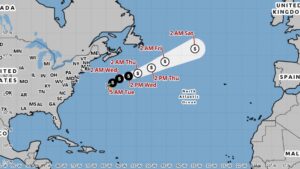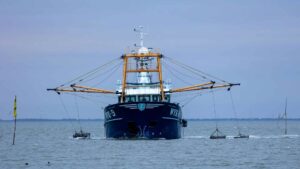
New Jurassic Sea Reptile Discovered in Germany

Paleontologists have identified a new species of ancient marine reptile from the famous Posidonia Shale fossil beds in southwest Germany, revealing fresh insights into life in Jurassic oceans nearly 183 million years ago.
The species, named Plesionectes longicollum—meaning “long-necked near-swimmer”—belongs to the plesiosauroids, a group of long-necked marine reptiles that lived during the time of the dinosaurs. The fossil is a nearly complete skeleton with traces of preserved soft tissue.
Originally excavated in 1978 from a quarry in Holzmaden, the fossil remained unclassified until researchers re-examined its anatomy in detail. Their analysis revealed a unique mix of skeletal traits not seen in other known plesiosaurs.
“This specimen sat in collections for decades without being properly recognised,” said lead author Sven Sachs from the Naturkunde-Museum Bielefeld. “Our study shows it is clearly a new genus and species.”
The findings, co-authored with Dr Daniel Madzia from the Polish Academy of Sciences, are published in PeerJ Life & Environment. The researchers say the discovery highlights greater marine reptile diversity in the region than previously thought.
Despite being a juvenile, the fossil showed distinct anatomical features strong enough to justify naming it as a new species. It is now the oldest known plesiosaur from the Holzmaden area and the sixth to be identified from the Posidonia Shale.
“The early Toarcian period was a time of global environmental change,” said Dr Madzia. “This discovery helps us understand how marine ecosystems evolved during one of Earth’s critical climate events.”
The fossil, catalogued as SMNS 51945, is housed at the Stuttgart State Museum of Natural History.
The Posidonia Shale is one of the world’s richest fossil sites from the Jurassic period and continues to yield major scientific discoveries.
Share this WeathÉire story:





















